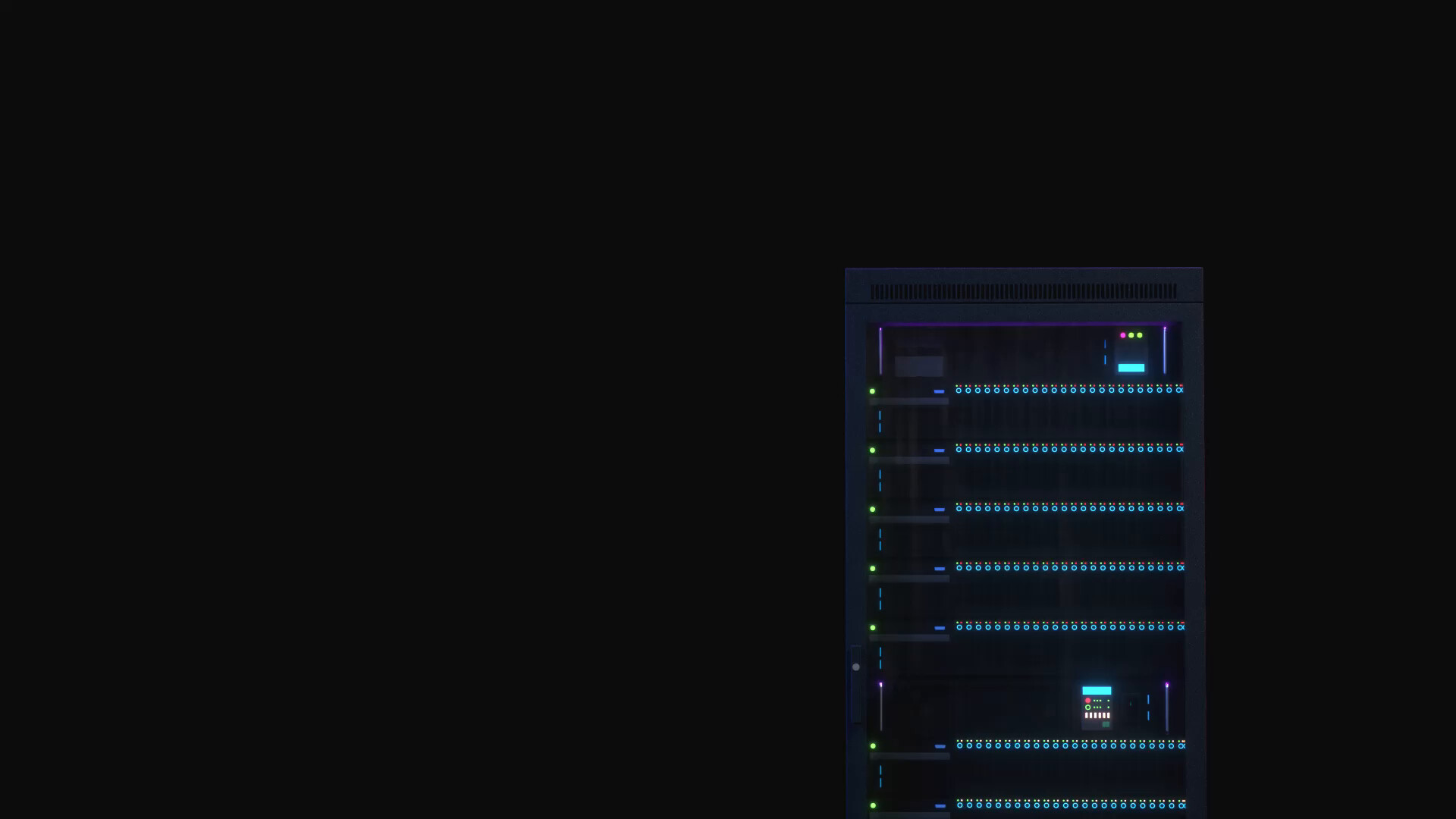
Datacenter connectivity
EGI’s network is built with speed and redundancy in mind.
Our redundant core routers are connected to multiple 10G uplinks via multiple upstreams providers and peering points. This allows us to better control our outgoing and incoming routes, offering your business lower latency paths and higher throughput for even the most demanding network applications and challenging international routes.
We offer dual stack IPv4/IPv6 configuration on each Network Edge. This means that we provide maximum flexibility by providing both IPv4 and IPv6 network configurations within the same VLAN or interface.
Our core routers are connected to more than 4 different upstream providers and more than 80+ peering partners for redundancy and optimal routing option.
At 120 Gbps+ network capacity, you can rest assured that speed will never be an issue. As today’s internet traffic security concerns grow, EGI’s is proud to be offering basic incoming DDoS mitigation with every colocation or dedicated server plan sold.
A more advanced DDoS mitigation is also available for a monthly fee.
Contact & Support
Contact us via phone, contact form, e-mail or live chat
888-808-8806 Live support 3223 Kenneth St.,Santa Clara, CA 95054